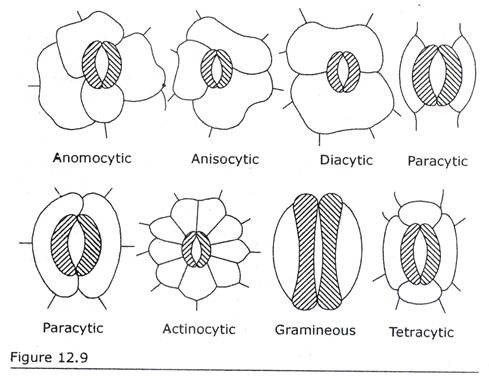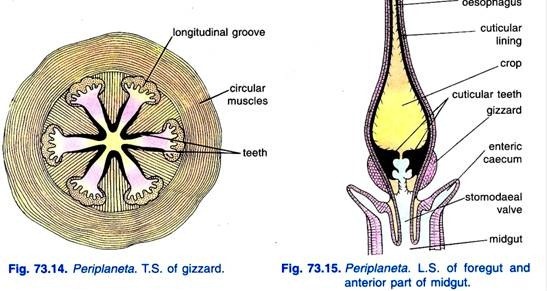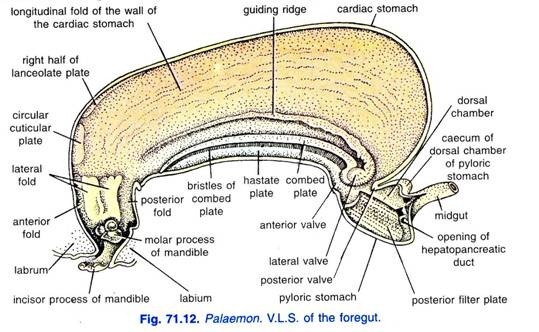Experiment to Observe Parenchyma and Sclerenchyma Tissues in Plants!
Experiment:
Objective:
To identify parenchyma and sclerenchyma tissues in plants from prepared slides and to draw their labeled diagrams.
Apparatus and materials required:
Permanent slides of parenchyma, sclerenchyma, and a compound microscope.
Theory:
A group of cells of the same size and shape, or of a mixed type, having a common origin and performing an identical function is called tissue. Plant tissues are of two types—meristematic and permanent. Meristematic tissue cells are capable of dividing, while permanent tissue cells are not. Parenchyma, collenchyma, and sclerenchyma are the three types of simple permanent tissues.
Procedure:
1. Take a permanent slide of parenchyma and study under the low magnification and then under the high magnification of microscope.
2. Similarly place and study the other permanent slides of sclerenchyma.
Observations:
The first slide of parenchymatous cells reveals the following features:
Characters of Parenchyma:
1. The cells are generally oval or spherical in shape.
2. These cells are large and are not packed closely, i.e., intercellular spaces are present.
3. Each cell has a large central vacuole and a peripheral cytoplasm with a prominent nucleus.
4. These living cells are found in the soft parts of the plants, i.e., root, stem, leaves, flowers, and fruits.
5. The important functions of these cells are storage of food, filling up spaces between other tissues and providing support to the plant. When they contain chloroplasts as in leaves, they help in the synthesis of food.
The slides of sclerenchymatous cells show the following identifying features:
Characters of Sclerenchyma:
1. Cells are thick-walled, hard and contain little or no protoplasm.
2. The cells are oval, polygonal and are of different shapes.
3. The cells are dead and the nucleus is absent.
4. These cells are packed closely, i.e., intercellular spaces are absent.
5. The cell wall is evenly thickened with lignin and perforated with pits.
6. They provide strength and rigidity to the plant parts with hardness.
Experiment 2.2:
Objective:
A. To examine the prepared slide of striped muscle fibres.
Observations:
You will find that the cells are cylindrical. The location of the nucleus is interesting, it is not in the centre of the cylinder. The nucleus may be seen just near the outside of the cell. When you examine the cytoplasm carefully, you will find striations arranged in a parallel fashion.
Objective:
B. To examine the prepared slide of nerve cells.
Observations:
When you focus on an individual nerve cell, you will see a budging part which is called cyton. In the centre of the cyton you will find a nucleus. If the material was specially prepared, you may be able to locate granules around the nucleus. Try to count the number of processes arising from the cyton.
The smaller processes arising from the cyton look like roots and are called dendrites. A long, cylindrical process arising from the other side of the cyton is called an axon. It ends in a bulb called axon bulb.


